YOUCAT
Youth Catechism of
the Catholic Church

YOUCAT
ENGLISH
YOUTH CATECHISM
OF THE CATHOLIC CHURCH
With a Foreword
by Pope Benedict XVI
Translated by Michael J. Miller
IGNATIUS PRESS SAN FRANCISCO
Original German edition:
YOUCAT deutsch
Jugendkatechismus der Katholischen Kirche
2010 by Pattloch Verlag GmbH & Co. KG, Munich, Germany
Nihil Obstat, March 3, 2010
Austrian Bishops Conference Imprimatur, Austrian Bishops Conference with the approval of the German Bishops Conference, November 29, 2010; the Swiss Bishops Conference, December 6, 2010 with the prior approval of the Congregation for the Doctrine of the Faith, the Congregation for the Clergy, and the Pontifical Council for the Laity.
Instructions for Use
The Youth Catechism, which is written in language suitable for young people, deals with the entire Catholic faith as it was presented in the Catechism of the Catholic Church (CCC of 1997), without aiming, however, at the completeness provided in that volume. The work is structured in Question-and-Answer format, and numbers after each answer refer the reader to the more extensive and in-depth treatments in the CCC. A commentary following the answer is meant to give the young person additional help in understanding the questions that are discussed and their significance in his life. Furthermore, the Youth Catechism offers in the margin a continuous series of supplementary elements, such as pictures, summary definitions, citations from Sacred Scripture, quotations from saints and reliable teachers of the faith but also from non-religious authors. At the conclusion of the book, there is an index of subjects and persons to facilitate finding specific topics.
Symbols and Their Meaning:
 Citation from Sacred Scripture
Citation from Sacred Scripture
 Quotations from various authors, including saints and other Christian authors
Quotations from various authors, including saints and other Christian authors
 Definitions
Definitions
 Cross reference to additional texts in YOUCAT
Cross reference to additional texts in YOUCAT
See definition given for the term
Layout, Design, Illustrations by Alexander von Lengerke, Cologne, Germany
2011 by Ignatius Press, San Francisco
All rights reserved
ISBN 978-1-58617-516-0
Library of Congress Control Number 2010931314
Printed in the United States of America
CONTENTS
Letter from Pope Benedict XVI
What We Believe
How We Celebrate the Christian Mysteries
How We Are to Have Life in Christ
How We Should Pray


FOREWORD
POPE BENEDICT XVI

Dear young friends!
Today I recommend for your reading an unusual book. It is unusual both because of its content and because of the way it came to be. I would like to tell you a little about how it was written, because then it will be clear why it is so unusual.
You could say that it came to be from another work, whose origins go back to the 1980s. It was a difficult time for the Church and for society worldwide. New guidance was needed to find the path to the future. After the Second Vatican Council (1962-1965) and in a changed cultural situation, many people were confused about what Christians actually believe, what the Church teaches, whether in fact she can teach anything at all, and how everything can find its place in a culture that had changed from its very foundations. Is it still reasonable today to be a believer? These were the questions that even good Christians were asking.
At that time Pope John Paul II made a bold decision. He decided that bishops from all over the world should together write a book in which they would answer these questions. He gave me the task of coordinating the work of the bishops and seeing to it that from the contributions of the bishops a book would resulta real book, not just a haphazard collection of all sorts of documents. This book would have the old-fashioned title Catechism of the Catholic Church but would be something entirely new and exciting. It would show what the Catholic Church believes today and how one can with good reason believe.
I was alarmed by this task. I must admit that I doubted whether something like this could succeed. For how was it possible that authors scattered all over the world could together produce a readable book? How could men who not only geographically but also intellectually and spiritually lived on different continents create a text with an inner unity, one that would also be understandable throughout all those continents? And there was the further difficulty that these bishops would not be writing as individual authors but would be in contact with their brother bishops and with the people in their dioceses. I must admit that even today it still seems to me to be a miracle that this project finally succeeded.
We met for a week three or four times a year and vigorously discussed the different individual sections that had taken shape in between meetings. First, of course, we had to determine the structure of the book. It had to be simple so that the individual groups of authors that we established would have a clear task and would not have to force their work into a complicated system. It is the same structure you will find in this book. It is simply taken from centuries of catechetical experience: What we believeHow we should celebrate the Christian mysteriesHow we have life in ChristHow we should pray. I will not describe now how we slowly made our way through so many and varied questions until finally a book came from it all. One can, of course, criticize some things or even many things in such a work: Everything that man makes is inadequate and can be improved. Still it is a marvelous book: a witness to unity in diversity. We were able to form a single choir from many voices because we had the same score, the faith that the Church has borne through the centuries from the apostles onward.
Why am I telling you all this? We realized at the time we were working on the book that not only are the continents and cultures diverse, but that even within individual communities there are again diverse continents: The worker thinks differently from the farmer; a physicist differently from a philologist; an executive differently from a journalist; a young man differently from an old man. So we had to find a way of thinking and speaking that was in some way above all these differences, a common space, so to speak, between different worlds of thought. In doing this it became ever more apparent to us that the text needed to be translated for different cultural worlds in order to reach people in those worlds in ways that correspond to their own questions and ways of thinking.
In the World Youth Days since the introduction of the Catechism of the Catholic ChurchRome, Toronto, Cologne, Sydneyyoung people from all over the world have come together, young people who want to believe, who are seeking God, who love Christ, and who want fellowship on their journey. In this context the question arose: Should we not attempt to translate the Catechism of the Catholic Church into the language of young people? Should we not bring its great riches into the world of todays youth? Of course, there are many differences even among the youth of todays world. And so now, under the capable direction of the Archbishop of Vienna, Christoph Cardinal Schnborn, YOUCAT has been produced for young people. I hope that many young people will let themselves be fascinated by this book.
Next page
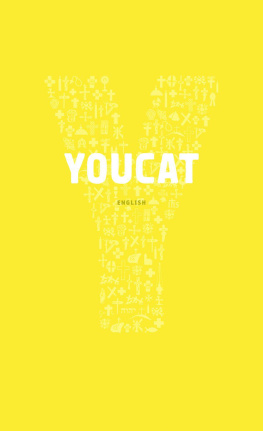
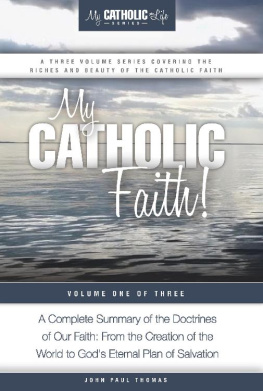
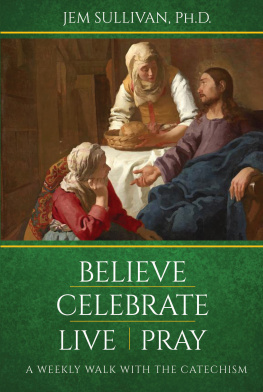
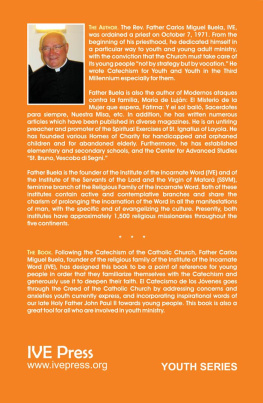
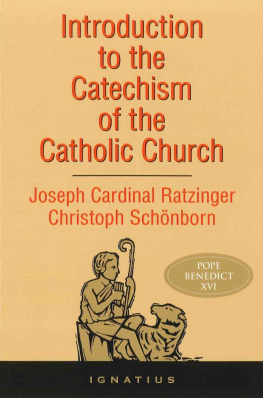

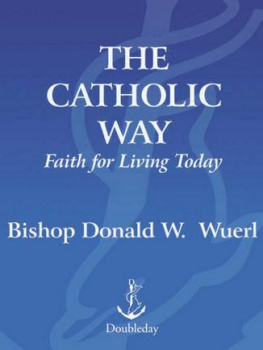
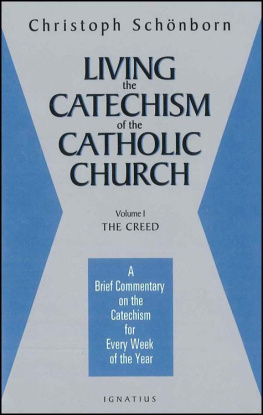
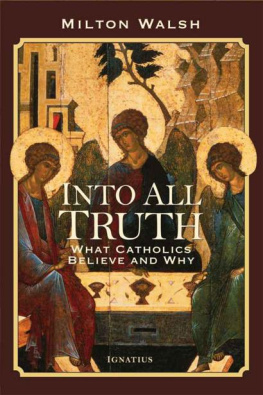
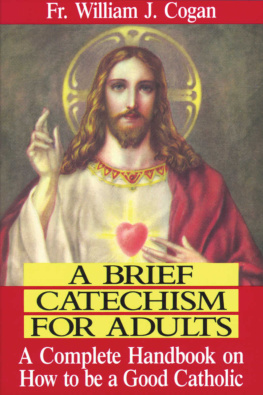

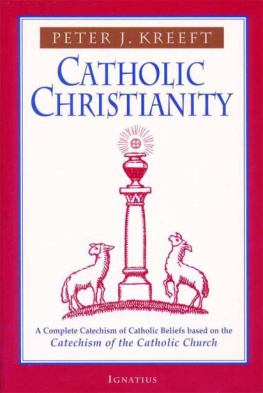

 Citation from Sacred Scripture
Citation from Sacred Scripture Quotations from various authors, including saints and other Christian authors
Quotations from various authors, including saints and other Christian authors Definitions
Definitions Cross reference to additional texts in YOUCAT
Cross reference to additional texts in YOUCAT

